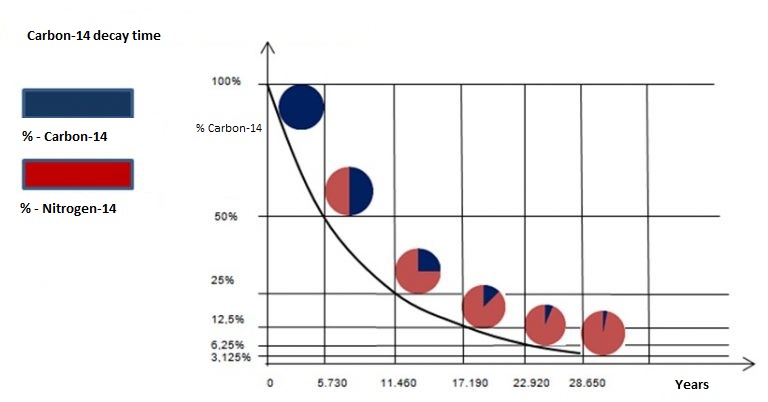ADOXeco
Important studies carried out in Intercoating‘s Research and Development Laboratories have made it possible to develop new polyurethane elastomers obtained from renewable raw materials of plant origin, which represent another milestone for a more sustainable future.
The use of these polymers has allowed the creation of ADOXeco , a new series of special products, which uses innovative raw materials obtained from natural renewable sources: Biopolyols.
Biopolyols come from oleochemical processes and are derived from biomass, therefore from “green” chemistry.
Intercoating offers an extremely innovative line of polyurethane elastomers with a high content of renewable carbon, an indicator of the real Green side.
Moreover, Biopolyols are the central elements for the real development of some important issues related to industry and environment:
- The improvement of the environmental balance in industrial and energy processes
- The achievement of clear environmental benefits, thanks to the reduction of dependence on products of petrochemical origin
- The growth of a multifunctional and sustainable agriculture, able to meet the needs of industry.
The ADOXeco range includes:

The interest in sustainability does not stop here, however, but looks at even less impactful solutions.
Since Intercoating is integrated upstream with all of the Group’s laboratories, it can modulate its technical choices according to the needs of the customer by implementing internal collaborations.
For these specific developments, an internal fine-tuning of the formulation of polyols has been set up.
BioBased Content requirements
The use of bio-based sources can be verified through appropriate analysis coded with the ASTM D6866-18 method in use. Generally, this refers to the carbon content from renewable sources, i.e. the weighted fraction of carbon of organic origin:


The analytical methods developed are several, but all exploit the determination of the isotope 14C, which in living material is almost constant (it is taken by plants and animals in a continuous way) and decreases at death. Since the half-life of Carbon-14 is about 5700 years, fossil sources, which were formed in very remote times (millions of years after the death of the organisms that generated them), have very low amounts of 14C. This trend allows the estimation of the carbon origin in a material. It should be noted that the percentage of renewable carbon, measured as just described, according to the method currently in use ASTM D6866-18, can give slightly different results than the simplest weight assessment (% of organic material on total quantity).

